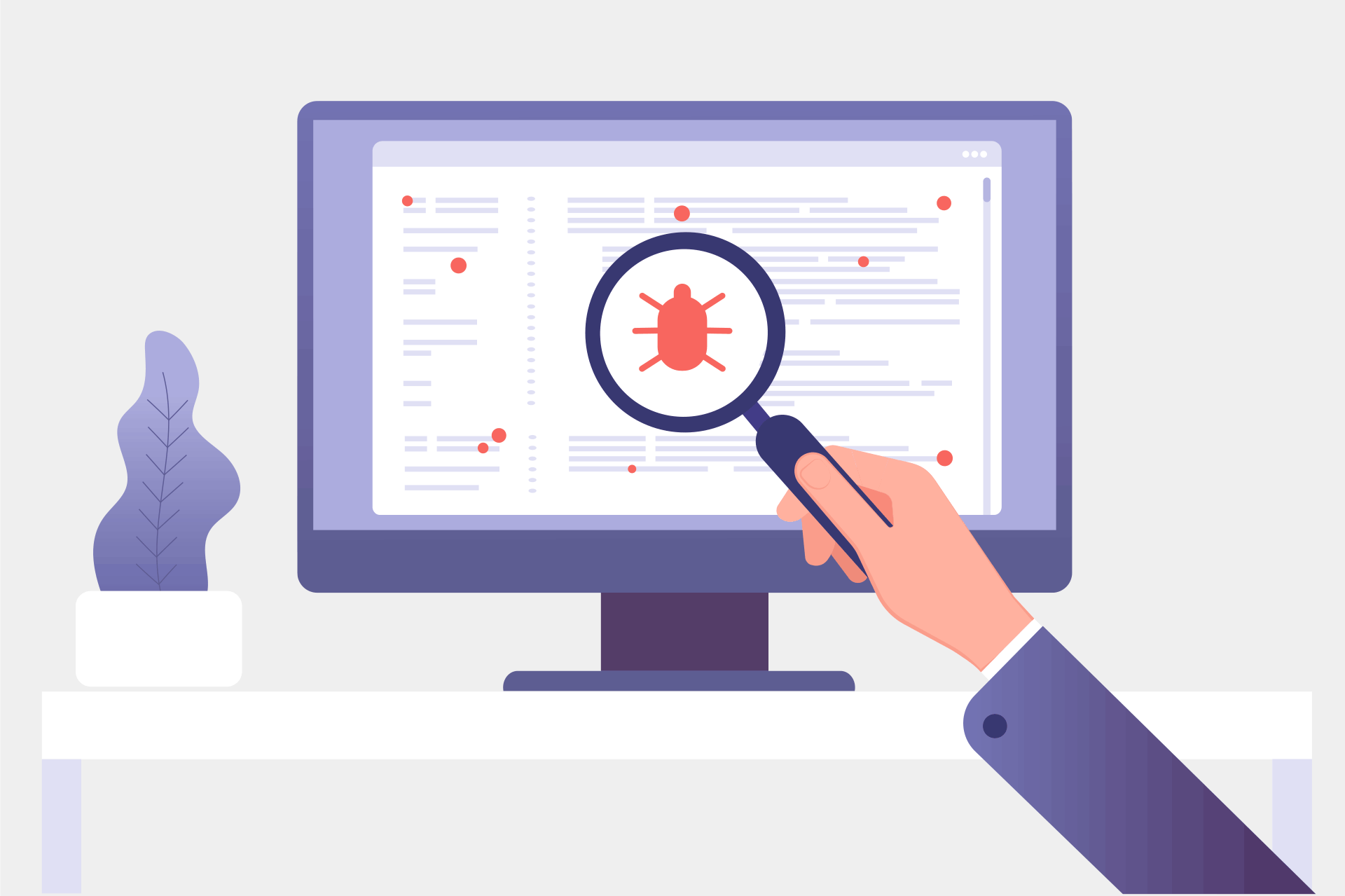Security teams don’t burn out because of too little data—they burn out because of too much noise. A scanner that surfaces 500 “High” findings without proof isn’t helpful; it’s a to-do list no one will finish. The VulneraX philosophy: show less, prove more.
The problem with traditional scanning
Classic tools tend to:
- Report the same issue across multiple endpoints without correlation
- Flag theoretical vulnerabilities with no evidence
- Mix configuration and code issues in the same severity bucket
- Ignore environmental context (is it exploitable here?)
This leads to alert fatigue, wasted cycles, and ultimately a drop in security posture as real issues hide in the noise.
Step 1: Confidence scoring
Every VulneraX finding carries a confidence score (0–1). This score considers:
- Evidence presence (headers, payloads, screenshots)
- Signal consistency across modules
- Exploit success rate in test environments
Findings under a configurable threshold can be hidden or sent to a “review later” bucket.
Step 2: Deduplication
Instead of listing 40 variations of the same missing header, VulneraX collapses them into a single issue group with affected endpoints. This keeps reports lean and action-focused.
Step 3: Normalization
Different scanners use different terms for the same flaw. We map all results to a normalized vulnerability taxonomy (e.g., OWASP Top 10, CWE IDs) so that teams can track trends consistently over time.
Pro tip: A normalized finding language also helps when reporting to leadership—risk metrics become stable across scanner changes.
Step 4: Context-aware suppression
If a service runs behind a WAF that blocks SQL injection attempts, and that WAF is monitored and tested, we can suppress certain classes of alerts automatically—while still tracking them in suppressed logs for compliance.
Step 5: Analyst-driven feedback loops
When a false positive is dismissed, that feedback trains our heuristics. Over time, the noise floor drops and trust in the tool grows. The fewer the spurious alerts, the more engineers treat real ones seriously.
Noise isn’t inevitable—it’s a design choice. VulneraX’s evidence-first, deduped, and normalized approach means your security data feels like a precision instrument, not an alarm that never stops ringing.
